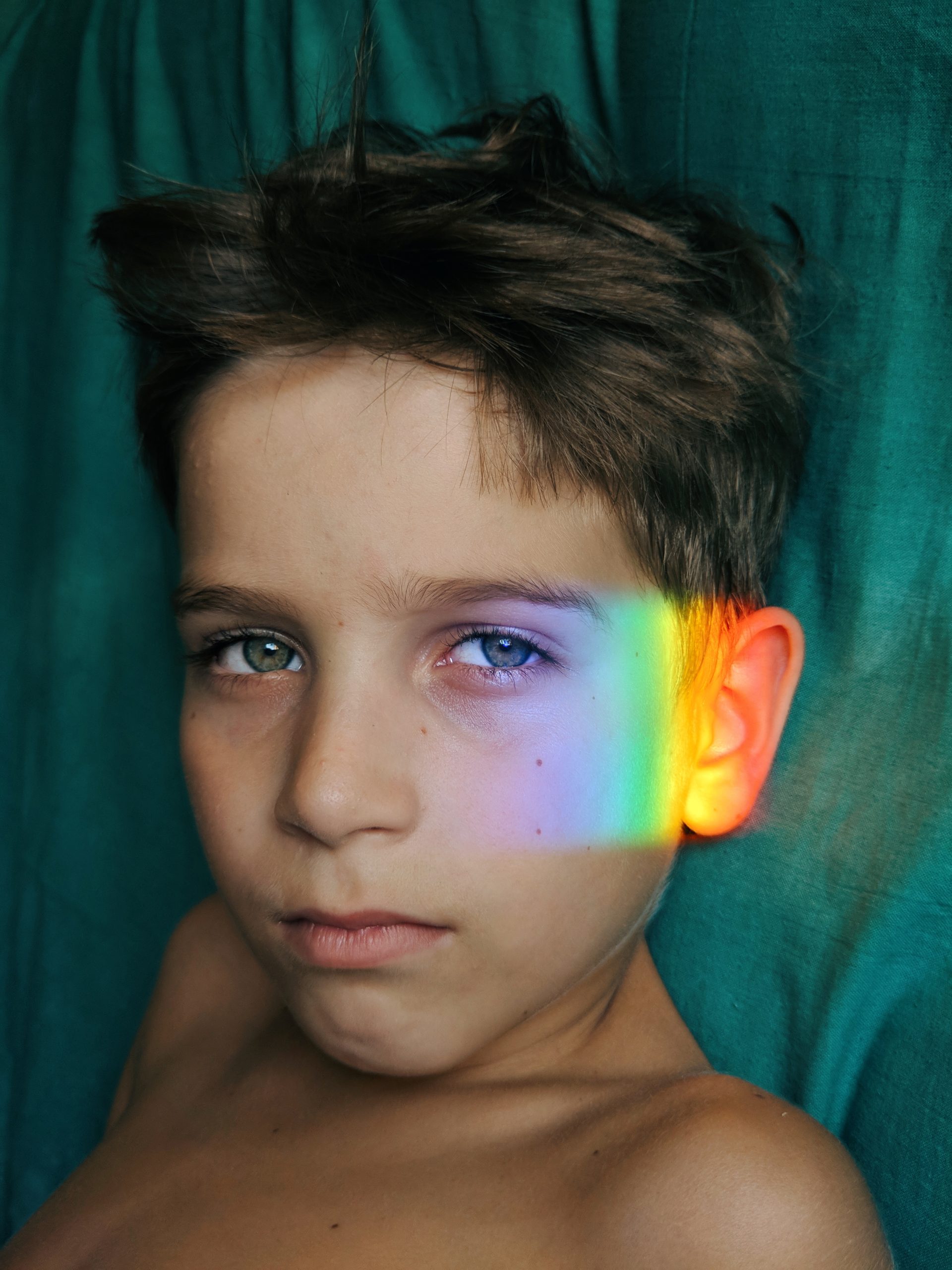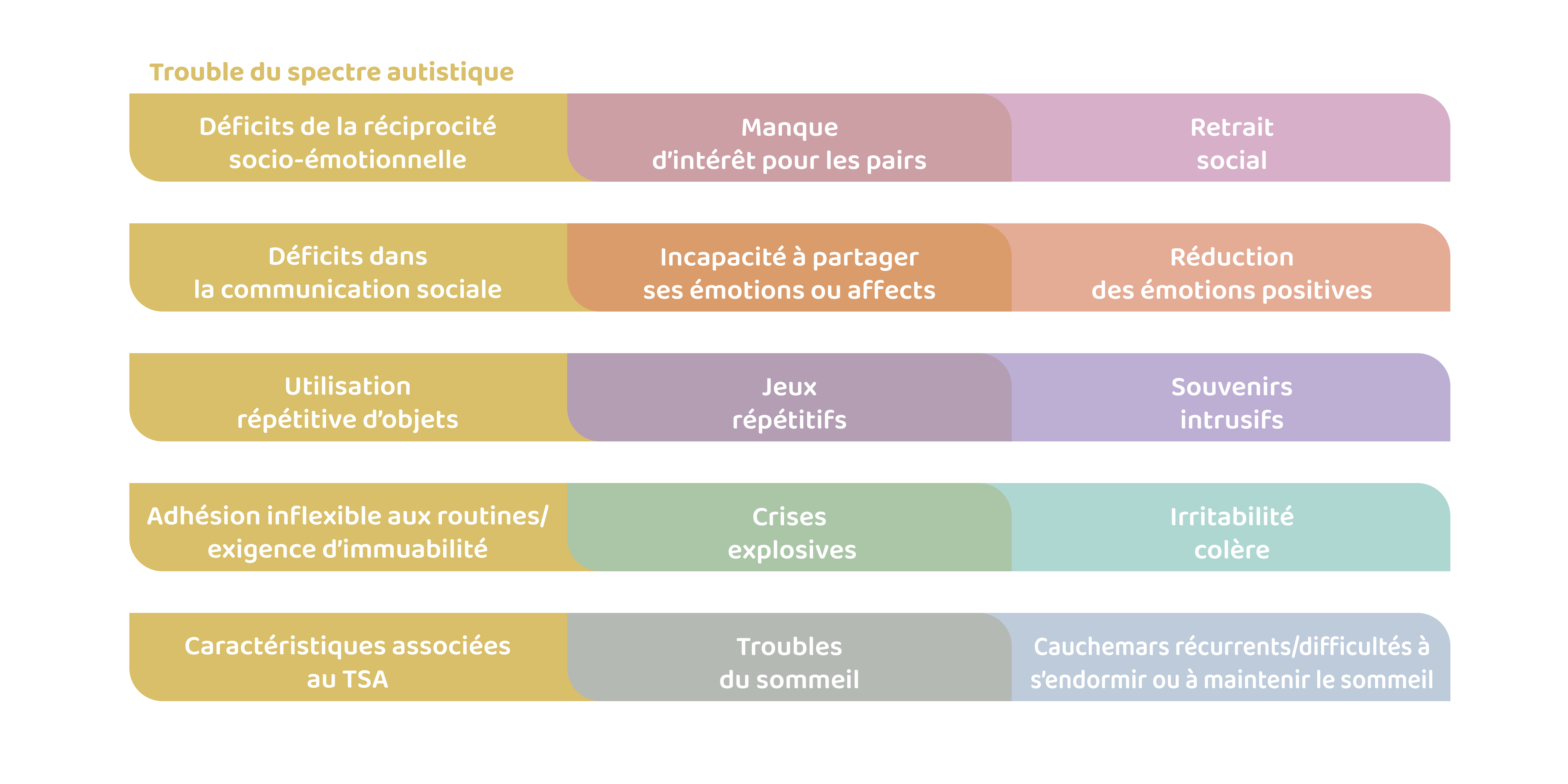Autism Spectrum Disorder (ASD) and Post-Traumatic Stress Disorder (PTSD) are two clinical entities whose relationship remains poorly understood, despite the growing body of knowledge on each of these disorders. While people with autism are more exposed to violence and traumatic events, their vulnerability to PTSD remains largely unknown. This lack of knowledge is partly due to the atypical manifestations of PTSD in autistic people, often confused with the characteristic features of ASD. The classic signs of PTSD, such as hypervigilance, reliving or avoidance, may present differently, or even go unnoticed, making them particularly difficult to identify.
This dossier addresses these issues, drawing on a review of recent research on the subject, interviews with specialists, and the testimony of a person concerned.





